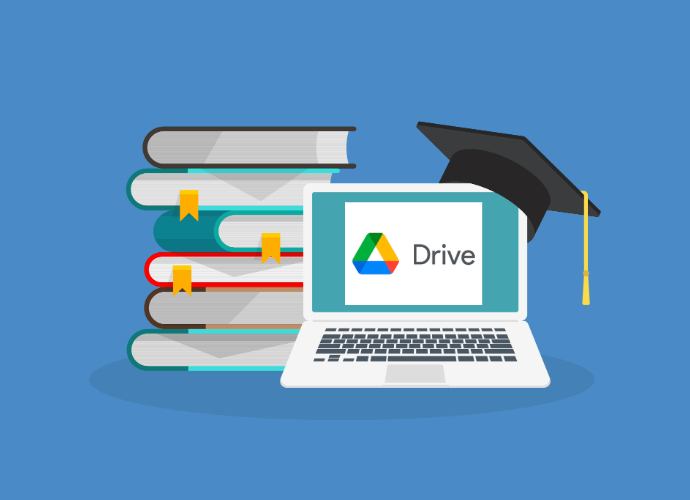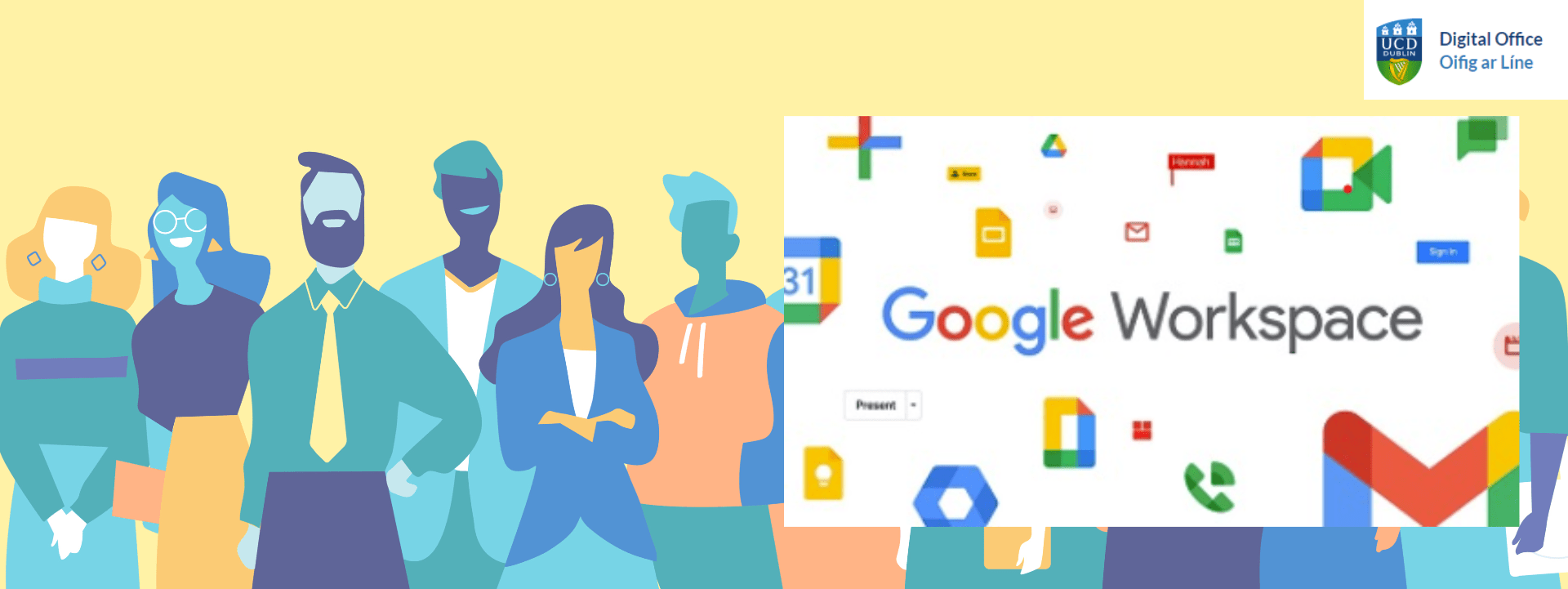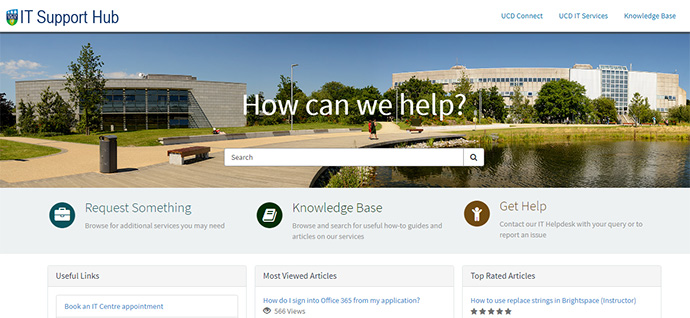The best practice for files saved on Google Drive is to maintain one version of the file and share links to that file for collaboration. You can easily see any changes made and revert them, if necessary, using the version history.
(opens in a new window)Shortcuts are a very easy way of adding a link to a particular file or folder, for easy access.
If you do need to move files on Drive to another folder, this depends on the permissions granted to you by whoever shared the file.
Important Note:
If the file is stored in a Shared Drive where you both have access, there is no need to move or copy any files, and this is our recommended solution at UCD for files used for team and project collaboration.
Scenario 1: You have Editor access:
If the person who shared the file has given you "Editor" access, you can:
- Move: You can move the file into any folder within your own Drive.
Note: the original file will be removed from its original location and placed in your chosen folder.
- Copy: You can also choose to make a copy of the file and place it in your folder, while leaving the original file in its shared location.
- Create a shortcut: right-click the file in Shared with me and select 'Add shortcut to Drive'.
Scenario 2: You have Viewer or Commenter access:
If you only have "Viewer" or "Commenter" access, you cannot move the original file. However, you can:
- Copy: Make a copy of the file and save it to one of your folders. This creates a new version of the file that you own and can edit, while the original shared file remains unchanged.
- Add to Starred: You can add the shared file to your "Starred" items for easier access, but it won't be moved to your folders.
Request Edit Access: If you need to move or edit the original file, you can request the owner to grant you "Editor" access.
- Create a shortcut: right-click the file in Shared with me and select 'Add shortcut to Drive'.


